It’s strange how quickly even the most colourful characters can be forgotten. Art Mawson is perhaps a case in point, and his wife Jean maybe even more so.
In their heyday this power couple were noted fight promoters, controlled seven or eight NSW coalmines and a trucking business and looked set to leave their name as a legacy on the coastal subdivision they were creating south of Swansea, near Newcastle. But the suburb of Mawson was slow to take off and the locals ended up changing its name to Caves Beach, leaving the Mawson moniker to linger on in the eponymous pub for a decade or three until it too was re-branded.
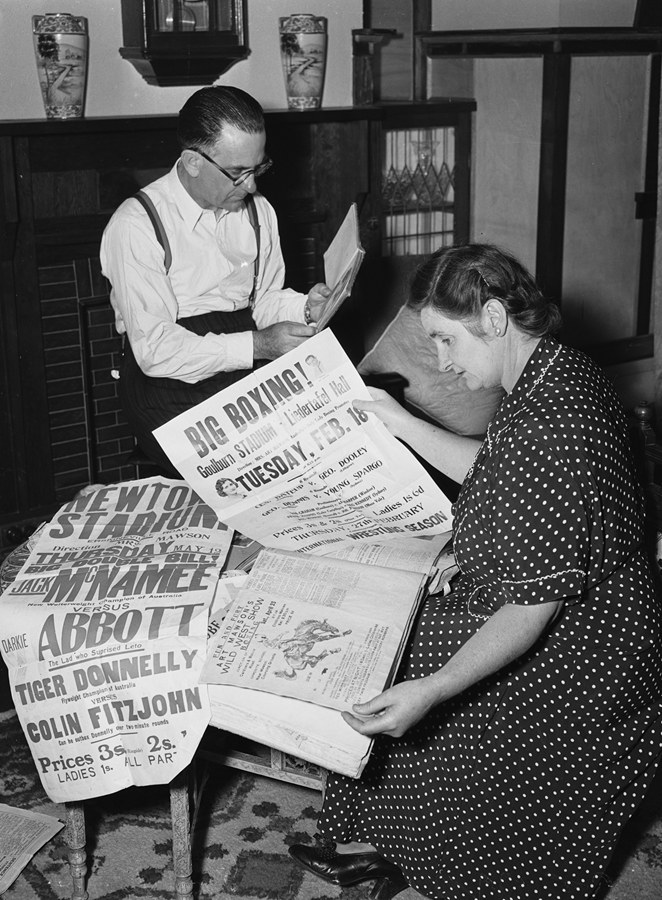
Art Mawson was born in Lithgow in 1901. His father was a signwriter and photographer, as well as something of a boxer and he passed his knowledge in all these areas to young Arthur. Art was a good fighter and also a keen cyclist and motorcyclist. His enthusiasm for boxing endured, and he started to work as a trainer in Lithgow before he moved to Sydney in 1927 and opened his own gym in Newtown. By 1929 he’d opened a stadium and become a boxing promoter.
While still in Lithgow in 1921 he met and married Martha Jean, also a keen follower of the fight game and an accomplished horse rider whose father had owned well-regarded trotters. According to some accounts Jean trained as a nurse and may have run her own private hospital before being married. According to others, before her marriage she was Jean Hastie, who rode steers bareback as a member of Skuthorpe’s buckjumping show. Art told interviewers that Jeannie was “head girl at the railway refreshment rooms at Mt Victoria” when he met her.
In the two longish articles I’ve found about Art Mawson, in People magazine and in The Newcastle Herald, Jeannie scarcely rates a mention. And yet, in many of the myriad news reports about Art Mawson’s various business pursuits she is cited as an equal partner, the “power behind the punch”, the business brain and Australia’s only female fight promoter. She was reportedly often the “matchmaker” who set up boxing bouts, travelled overseas to scout for boxing talent, managed some of the duo’s fight venues in regional centres and later played a significant role in the couple’s mining enterprise. In a news article in March 1936 it was reported of Jeannie that “after her marriage she entered the boxing promoter’s field with her husband at the Newtown Stadium, which she controlled for four years. Mrs Mawson makes all her matches, and arranges the terms for the fights. She not only engages the fighters, but also drives them from Sydney to country centres”. And: “Mrs Mawson controls boxing at Goulburn, Wollongong, Penrith and Katoomba”. Mrs Mawson was clearly a force to be reckoned with, and obviously a pillar of strength to her husband.

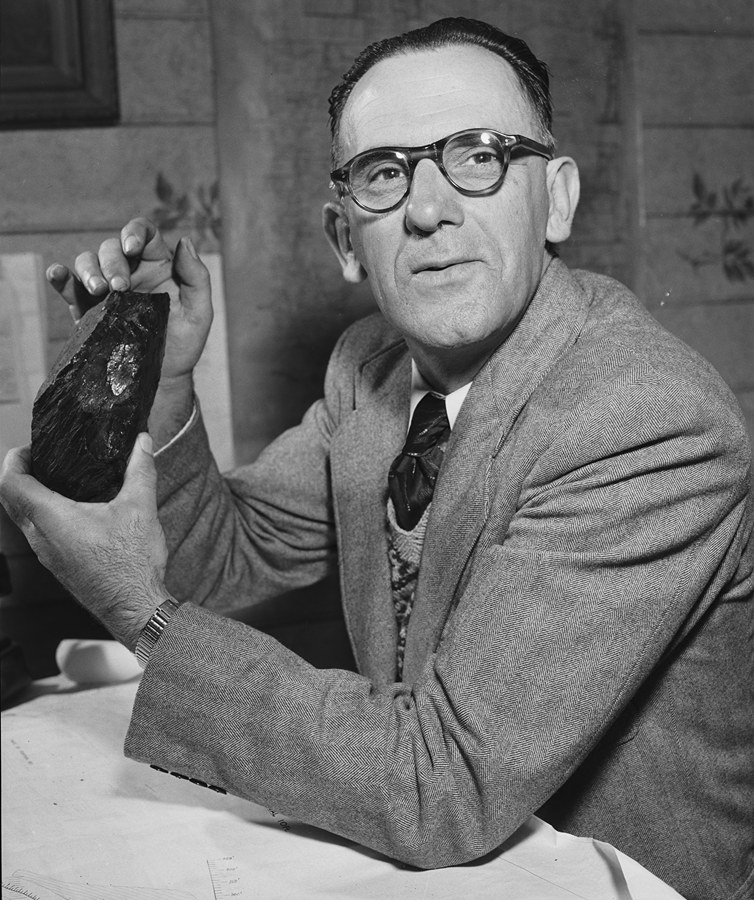
As the Mawsons expanded their little empire they also experimented with other forms of entertainment than boxing. Wrestling, buckjumping shows, a circus and exhibition fights featuring female competitors were among their efforts. But apparently, while all this was happening, Art still maintained his signwriting and interior decorating business. It has been reported that he spent four years in Newcastle before the war working on the decor of the Theatre Royal as well as scenery and promotional art for the Royal and the Strand. By 1938 he was in the Northern Territory for some more decorating jobs, meanwhile keeping his hand in refereeing boxing matches when he could. Jeannie was evidently left in charge of the fight promoting business, and appears to have handled it with great aplomb.
Wartime camouflage paint
Art Mawson scored a big break – so the story goes – during the war when authorities were desperate to find a truly weather-resistant camouflage paint. Apparently his father had bequeathed him some useful paint formulae that led to some big contracts which he fulfilled through a factory he built at Mascot – Consolidated Paints and Products. The story goes that Mawson had long been interested in prospecting and mining, thanks to his need for paint ingredients, and when a friend suggested he put some of his war contract profits into coal he opened an old mine on the Greta seam at Leconfield. He started an open-cut at Dapto and an open-cut and two tunnel mines (Normain and Wallamain) at Caves Beach, near Swansea. He told People magazine in 1950 that he employed 600 miners, extracting 2500 tons of coal a day. He had a machine shop at Belmont, and Jeannie owned and ran Vapon, the trucking business that carted the coal from the couple’s mines.
As far as the fight game is concerned, it is clear from many news articles over the years that the Mawsons were almost constantly engaged in sniping or outright commercial warfare against arch-rival Stadiums Limited. This fierce rivalry was a constant theme of articles about the Mawsons over the years, culminating in the creation of their “Australian Boxing Club” and in a grandiose plan the couple announced in the 1950s to build a 20,000-seat stadium in Sydney.
Over the decades Art Mawson continued to indulge his passion for boxing by working as a referee at many fights. He continued this role even after the couple became very wealthy from their coal interests.
Coal turned sour for the Mawsons when – by his account – the “big boys” worked to squeeze him out. But he figured that his 300-acre lease at Caves Beach was valuable for more than just coal and he decided to “build a town”. The residential town of Mawson (along with “Kaiser”, a proposed industrial twin town with an artificial harbour, further south) was designed by Newcastle architect and planner Frank Stone. According to a Newcastle Herald article in June 1971, Mawson did most of the work himself, but he had to take on a lot of debt at high interest to keep worried creditors at bay and he struggled to sell enough blocks of land to cover costs. Early buyers reportedly re-sold at a loss, “the rough gravel roads washed away; weeds grew high over the sites earmarked for a shopping complex and a hotel and a high school”.
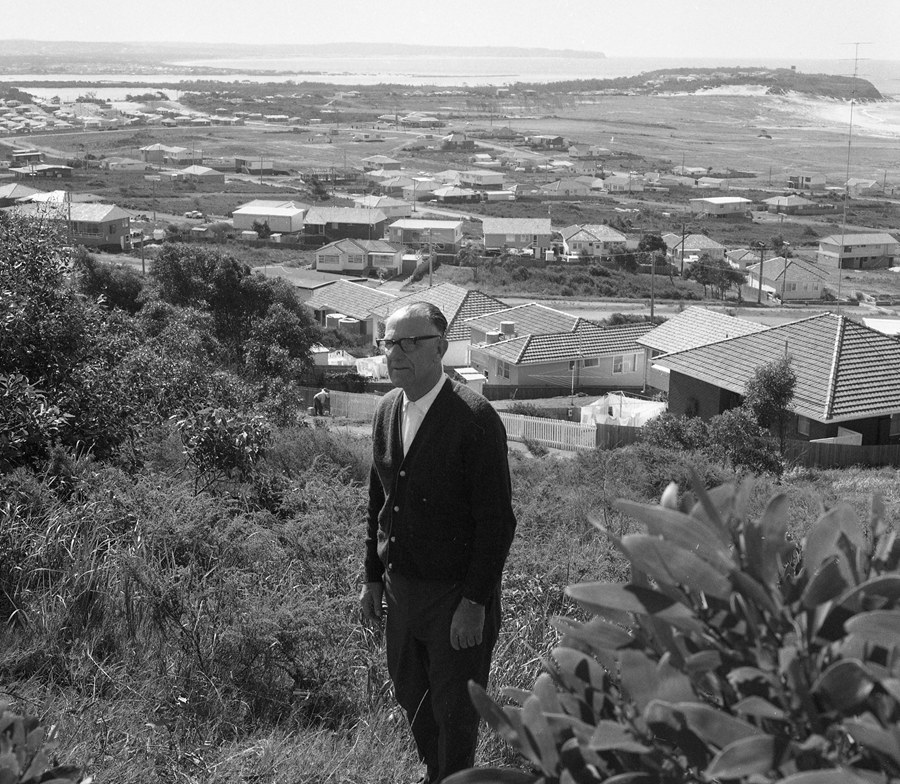


But by 1971 there were 500 homes and the shops, hotel and high school were all built. By then the residents had decided to erase the developer’s name from their suburb, which became known instead as Caves Beach. But Art Mawson was still dreaming of his “Kaiser” deep water port south of Swansea, in preparation for which he had already created a stubby breakwater, using overburden from one of his mines. The idea was to ship coal and gravel from the new port to serve the hungry construction industry in Sydney.
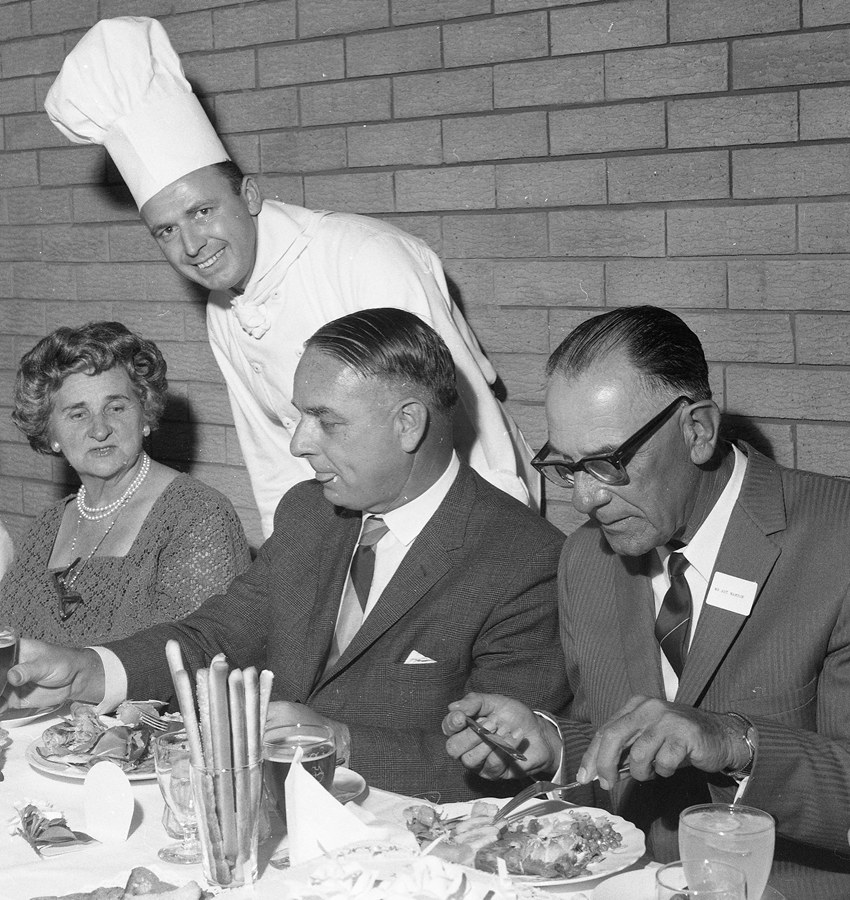
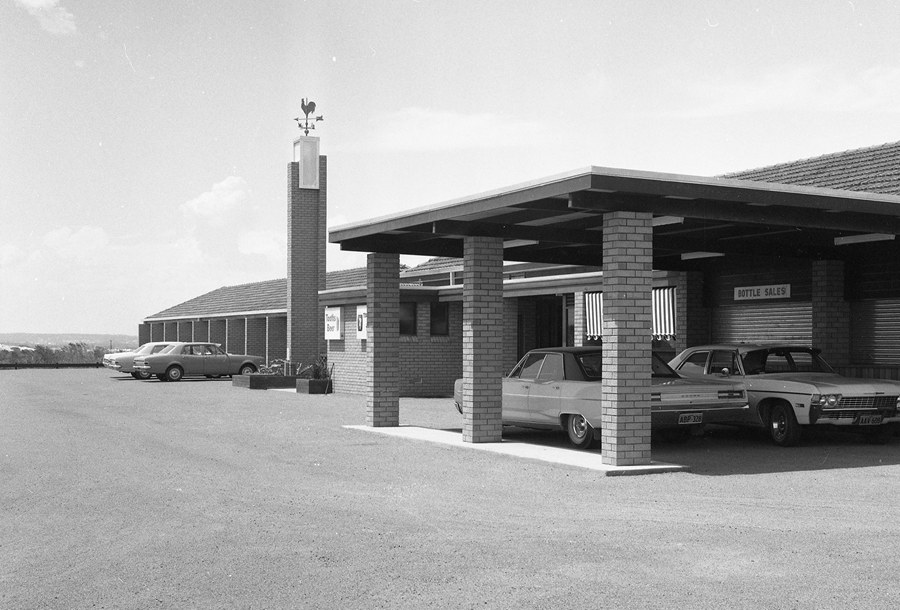
According to the Herald article Mawson at that time also owned “the Australiana Historical Village near Sydney” and had just built a hotel/motel on Norfolk Island. He was chasing investments in sand-mining, mining opals at Lightning Ridge, looking for sapphires at Glen Innes and trying to get permission to build a causeway across Lake Macquarie. He also partly financed the making of the film The Set, which was apparently partly shot on his estate. The film is reputed to be the first Australian movie with homosexuality as its main theme.
Tantalisingly, Art Mawson also told The Herald’s Alan Farrelly that he’d finished writing the first six chapters of his life story. I’d love to see that document, if it still exists. The Mawsons reportedly had two daughters – many years apart. Perhaps they saved the stories of their parents’ colourful lives?


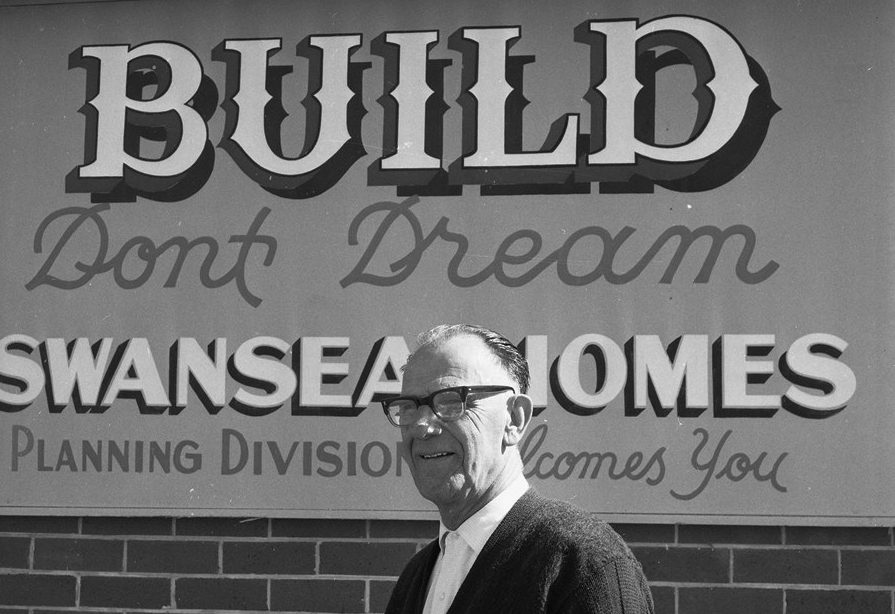
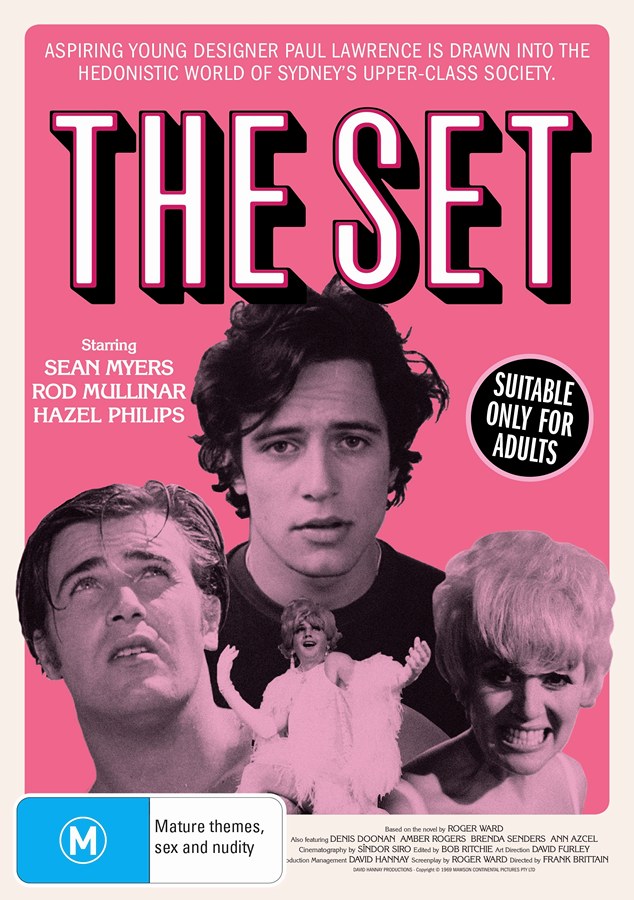
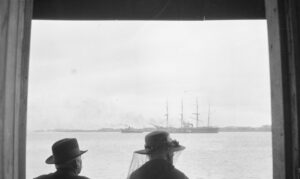
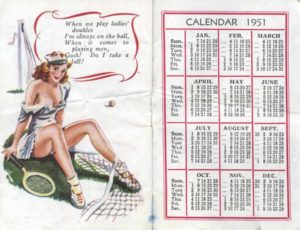
In his history of Leconfield Colliery, Coalfields historian John “Jack” Delaney said, “Art Mawson passed away on his 91st birthday on Saturday 4th January 1992.” At the time of writing, which was the end of June 1994, he said that Martha had reached the age of 91.
Thanks for this information.
Greg